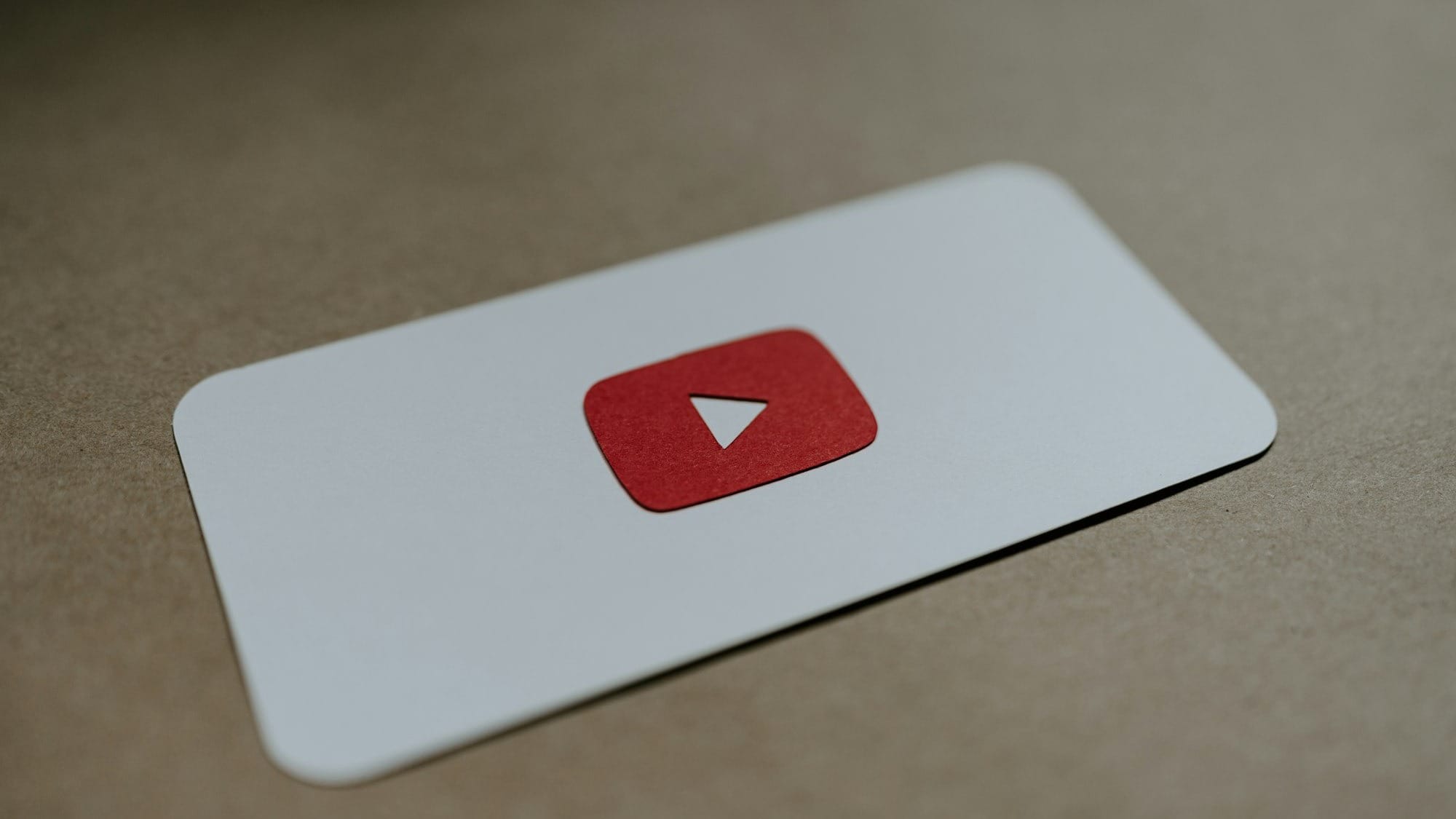YouTube's new AI-dubbing feature is now available in 9 languages

YouTube has always been a go-to platform for content creators to share their work with the world. But let’s face it: one of the biggest challenges for creators looking to reach a global audience is the language barrier. Sure, you can add subtitles, but those don’t always capture the full experience of the content.
Well, YouTube is now rolling out a feature that could change how creators engage with their international fans: auto-dubbing powered by AI.
This new feature, which is slowly making its way to more creators, will automatically translate a video's audio into one of nine languages: English, Spanish, Portuguese, German, French, Italian, Hindi, Indonesian, and Japanese. But here's the kicker: it won't just translate the words.

The AI is designed to preserve the speaker's voice, tone, and intonation, making the dubbed version feel much more natural. Gone are the days of awkward, robotic-sounding voices that often come with translations.
YouTube first teased this feature back in September during its “Made on YouTube” event, and now it’s expanding to hundreds of thousands of creators in the coming months. Initially, the tool will only be available for newly uploaded content, not for existing videos, but that’s still a huge step forward. Plus, creators can opt-out if they don’t want their videos auto-dubbed.
While YouTube's auto-dubbing feature is a significant leap, it's not the first platform to dip its toes into AI-powered translations. Spotify introduced a similar feature in 2023, but it was limited to translations between English and Spanish, with French and German added later.
The main focus for Spotify has been creating a more authentic listening experience, so the results sound natural and personal—something that can be tricky with traditional dubbing.
Microsoft is also getting in on the action with its recently announced addition to the Teams app, which allows speech-to-speech translation in meetings and calls. This feature brings a much-needed feature to meetings that tend to involve international languages.
At the end of the day, YouTube’s new feature is an exciting development for content creators looking to expand their reach. But with so many platforms jumping into the translation game, it’ll be interesting to see which one gets it right and truly breaks down language barriers for good.
